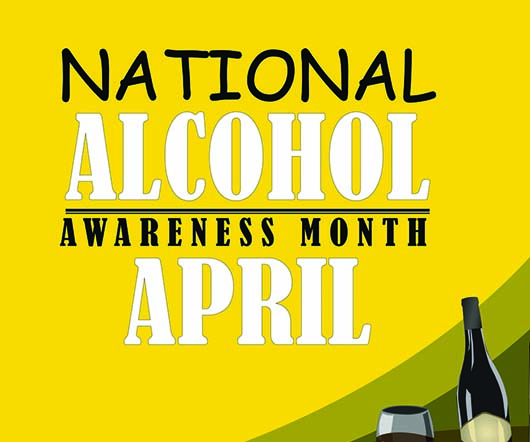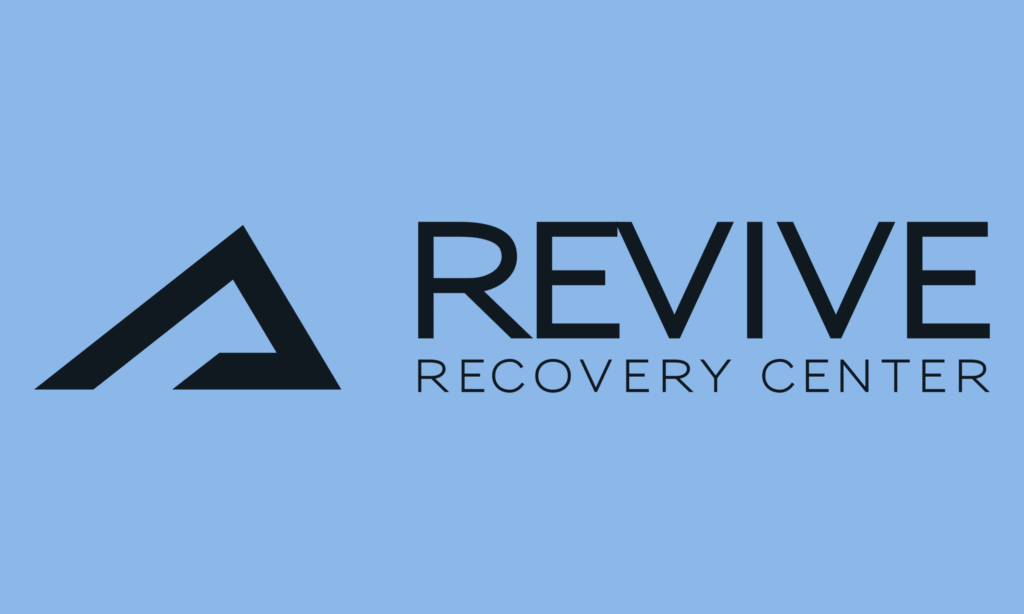By Jaime W. Vinck, MC, LPC, NCC Chief Executive Officer CPF Recovery Ways Since early 2020 we have been in the midst of a triple pandemic; COVID19, mental health,...
By Jaime W. Vinck, MC, LPC, NCC
Chief Executive Officer CPF Recovery Ways
Since early 2020 we have been in the midst of a triple pandemic; COVID19, mental health, and social/racial injustice. Last March when the depth and magnitude of COVID 19 was still unknown, (and from where we are today quite unimaginable), I was sitting in my office in Arizona with a trusted colleague. My very real and often brilliant colleague, quietly said, “You know Jaime, I’m not afraid of the virus — I’m afraid of the grief and loss that will follow.”
Her comment resonated so strongly that it stopped me in my tracks. This declaration of fear has stuck with me through the past several months of personal and professional grief and loss, sadness, and uncertainty. I also realize, as a leader, grief, fear, and loss are always somewhere in the space, be it live or virtual. There is a whole world of emotion that looms beneath the surface of our every encounter. Someone may be struggling financially, another with fear over the health of a high risk loved one, and another contemplating a divorce. I am not so bold and arrogant to believe that as a leader I can eliminate their suffering. I can, however, utilize the incredible honor and responsibility that I have been given as a servant leader to show up, be real, and create a safe place for our teams to continue their healing. Certainly, I have the obligation not to make it worse.
So, while the world has been masking up, I have worked hard to take my metaphorical mask off and show up every day as an authentic and VULNERABLE leader. How do we do this?
Understanding and living Trauma Informed Leadership
Before we explore Trauma informed Leadership (TIL), let’s have a quick review of trauma and Trauma Informed Care. Simply put, trauma is an experience or event that overwhelms our capacity to depend on or protect ourselves. When trauma is experienced, we fight, flight or freeze. When we freeze, we shift to self-protection and often shut down, so we don’t experience an overwhelming state day after day. This efficient and repetitive act of self-protection becomes our way of living in the world, and significantly impacts the way that we lead. Leadership is first and foremost in a relationship involving the ability to connect and create trust, so it follows that our trauma impacts our ability to work with, and lead others. We typically don’t tend to think of a workplace as a place where we need to overtly work with trauma. It truly belongs in the domain of mental health, with our therapist and not our boss. We do, however, need the emotional intelligence and self-awareness to be able to strengthen ourselves, and ourselves in relation to those around us.
In the field of Substance Abuse Treatment, there has been a recent emphasis on Trauma Informed Care (TIC). The TI approach refers to the awareness of the psychological trauma that underlies SUD (substance use disorder) and mental health issues. It shifts the focus from a diagnostic label to a TI sensitivity, shifts the question from “What’s wrong with you?” to “What happened to you?”
Trauma Informed Care is shame reduction
Understanding the TI approach and applying it in our leadership will lead to better outcomes and offer a positive perspective when facing difficult decisions. A TI approach can be implanted in any type of setting and is different from trauma specific intervention or treatments that are designed to address the consequences of trauma and facilitate healing.
Many recent surveys of our industry agree that one of the greatest challenges that behavioral health organizations face are compassion fatigue and burnout within their teams. The impacts of compassion fatigue, vicarious trauma, moral injury, and burnout have devastating effect on the morale of an organization, threatening an organizations viability and sustainability. When considering our own emotional health and the health of our teams, the differences between all these conditions is important to understand.
Compassion Fatigue
Compassion Fatigue is the normal, physical, and emotional reaction to hearing about another person’s trauma (Figley, 1995). It is broken down further into burnout and secondary traumatic stress/vicarious trauma. When suffering from compassion fatigue, we are depleted of emotional and physical energy and can be at risk to ourselves, our clients, and our teams.
Vicarious Trauma
Vicarious Trauma is a cumulative process. It’s not the worst story you have ever heard — it’s the impact of the thousands of painful stories you may not remember. Over time, VT creates covert cognitive changes that can impact your world view. So, it’s not only your mood and regulation that gets impacted, and perhaps even more, our trust and belief in relationships. Vicarious trauma can have a negative impact on both our personal and professional lives.
Secondary Trauma
Secondary Trauma is rapid onset from, and typically associated with a particular event. We have intrusive thoughts, dreams, and symptoms that mimic PTSD.
Burnout
Burnout is most often attributed to organizations with too many demands and too few resources. This has been widely felt in our industry as many providers have faced a reduction in census and increase in operational expenses, resulting in staff reductions that leave the remaining employees picking up the extra work.
Moral injury
Moral injury is a concept that had been typically reserved for combat veterans and has been utilized more frequently during the pandemic by healthcare workers. Moral injury is best described as being expected to perform duties, or make decisions that pierce our identity, sense of morality, and our relationship with society.
These routine decisions can result in feelings of betrayal of our patients and team. For example, when we don’t have adequate PPE or COVID testing, counting on essential workers knowing they have high risk loved ones, not being able to provide the scholarship for the deserving patient, implementing furloughs, layoffs, salary cuts. You get the idea, it’s soul crushing and can feel like death by a thousand cuts.
The negative impact of all these conditions include poor work performance, morale, and behavioral changes such as turnover, absenteeism, negative attitude, maladaptive coping strategies (substance, food) and even depression and suicide.
The trauma informed leader understands, practices, and VALUES the following:
Trust and Transparency
Collaboration and Mutuality
Empowerment Voice and Choice
Cultural, historical and gender Issues
A Trauma Informed Organization realizes the widespread impact of trauma and understands the potential path for recovery
The Adverse Childhood Experience (ACEs) study is illuminating, and I recommend that it be understood in every organization. The ACEs study revealed that from a study of 17,000 adults, 1:10 had experienced at least one adverse event in childhood, and 25% had experienced two or more. These experiences are highly correlated with increased mental and physical health risks and have prompted a trauma informed movement in an effort to provide support and mitigate future impact. Again — more about intervention. As mentioned above, it’s what happened to you and the acknowledgement that trauma impacted the way we behave, the way we interact in relationships, and the way we learn and grow.
Being trauma informed helps us to understand or appreciate that there is a whole world of emotions rumbling around beneath the surface. We realize when there is conflict in the workplace, each person will respond according to the extent of their emotional scars, trauma, and strength.
Being trauma informed recognizes and honors the emotional scarring that our teams may be struggling with and RESPONDS by fully integrating knowledge about trauma into policies, procedures, and practices, AND……….
Seeks to actively resist re-traumatization with our actions and our words. This is so important and often occurs in the workplace not out of malice, simply from a lack of awareness.
For example, every year 250,000 Americans lose someone they love to suicide and only 1:25 suicide attempts are completed. This tells me that in most work groups, large or small, we may have someone that has a very intimate relationship with suicide. They are either grieving the loss of a loved one, or they themselves have attempted suicide. Yet… it is still common for people to mimic shooting or hanging themselves, to display a state of discontent.
To add to that as a horsewoman, the common phrase “Beat a Dead #!” is incredibly traumatic to me, and people like me who have experienced the loss of a beloved horse. I will honor myself and literally leave a room (rather than becoming activated or shutting down) if that phrase is used in my presence.
The phrase “Rule of Thumb” is terribly triggering to domestic violence survivors, and “Skinning a #!” is very offensive and triggering to cat lovers. So please, let’s watch the words we use with our teams and suggest choices that don’t have the potential to re-traumatize. How do we do this? When creating or joining a work group, I will ask — “What triggers you, and what would you prefer not be used in our work together?” The results were somewhat surprising and humbling, and truly enriched our working relationships.
Seeing people from a trauma informed perspective helps us find our empathy, understanding, and compassion, which in turn creates the environment where employees feel safe, respected, and recognized.
How do we build our emotional intelligence, strengthen our leadership, and work on our own trauma?
Healing the Caregiver with Emotional Intelligence
Dan Goldman’s Emotional Intelligence work never goes out of style, and the Four Quadrants of Emotional Intelligence – helps us to understand ourselves, and ourselves in relation to others.
Self-Awareness: The ability to know what you are thinking and feeling when it is happening as well as other aspects of yourself, values, motivation, purpose, and temperament. What energy are you putting off?
Self-Management: Can be done when you have determined what you are thinking and feeling. This means ratcheting it up when you need to and controlling yourself with breathing and self-talk.
Social-Awareness: The ability to know what someone else might be thinking and feeling and behave in such a way that is congruent and supportive. Ask someone – “What’s it like to, be you?”
Relationship Management: The teamwork, conflict management, influence, and all the things that are improved with the awareness of trauma in the organization.
Some additional tools that we can use for ourselves are:
Create a Morning Ritual
Breathe and Check-In with yourself – name your emotion, keep a journal
Observe what shifts your emotions and energy state
Know your distress tolerance; what helps and what doesn’t
Practice listening to others and imagine what they are feeling.
Ask someone what it’s like to be them
Explore your values and purpose – what inspires you?
Stay attached to your purpose and meaning
From a historical perspective, I have reviewed actions that leaders can take to enable organizational compassion in times of trauma. Some of the examples came from 9/11, others from the British Royal Family during WWII. I would argue that we as leaders are right there now — with over 400,000 Americans lost to COVID, the racial/social injustice movement, and mental health crisis. Things have certainly been wearying.
Organizational research done at the time of tragedy shows that while empathy is comforting, it does not engender a broader response and has limited capacity for organizational healing. Compassionate leadership involves taking some form of public action, however small, that intends to heal pain and inspires others to act as well. There are many examples of leaders who lost employees in 9/11 who called in grief counselors, chartered a plane to bring families, and personally greeted them, etc.
What they have done is to create Context for Meaning – where a leader creates an environment where people can freely discuss and express the way they feel, which in turn makes sense of their pain.
The second is Context for Action – the leader creates an environment in which those who experience, or witness pain can find ways to alleviate their own and others suffering. Those who excel at leading compassionately and effectively in times of crisis adhere to a set of shared principles. They show their own humanity and vulnerability.
This is the sort of leadership we wish we would never have to use, yet it is vital if we are to nourish the very humanity that can make people and organizations great.
In closing, I would like to share that as a leader, my favorite three words have always been “Please forgive me.” I find myself asking for forgiveness as a colleague, friend, wife, and mother quite frequently these days as well. Let’s be real — few of us have been our best selves during the past year. Providing each other with compassion, and a bit of grace can only speed the process of all our healing.
I have a precious family heirloom china platter that has been moved across the country, being broken, and repaired through the years. The broken pieces have been lovingly glued back together again, by family members who are no longer with us. When I see the platter, while I see the beauty of the whole, I love, respect, and honor the cracks, both visible and invisible. I also love and admire the work that has been done to put the pieces together again. We are all that precious piece of china, being broken and put back together, with the love and support of those around us, who care enough to see us whole again.
Please take good care of yourselves, and each other.
About the Author
Jaime Vinck, MC, LPC, NCC is the newly appointed CEO at CPF Recovery Ways. In her role, Jaime is providing leadership to operations in Salt Lake City, Utah and Spokane Washington as well as leading the expansion and integration of Recovery Ways into other markets. Jaime was previously with Acadia Healthcare as CEO of The Sierra Tucson Group where she led the rebranding of Sierra by the Sea and Sunrise Ranch in California, as well as leading the Sierra Tucson campus in Tucson, Arizona for several years.
Jaime serves on the Board of Directors of the National Association of Addiction Treatment Providers as well as an advisor to the CARE Collaborative, and most recently has been named to the Safe Call Now Advisory Board.
Prior to entering the Behavioral Health profession, Jaime had a successful career in Human Resource Management with Chrysler Corporation in Detroit, and Omnipoint Communications (aka T-Mobile) in New Jersey.
Jaime is a Licensed Professional Counselor in the State of Arizona, holds a bachelor’s degree in employee relations from Michigan State University and a master’s degree in professional counseling from Ottawa University.

Visit www.recoveryways.com for information on services they provide.




























